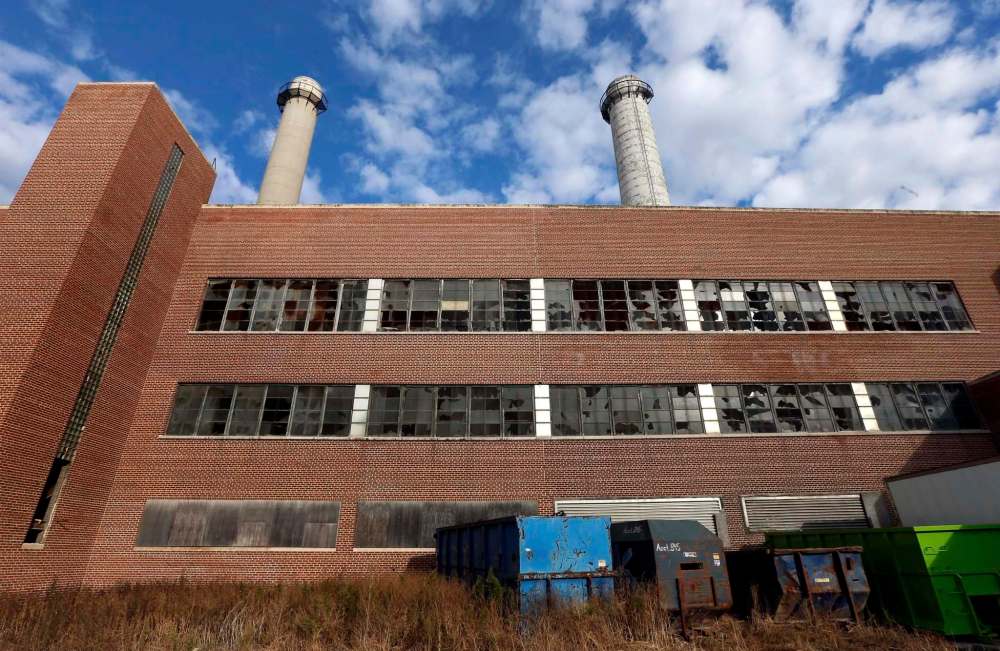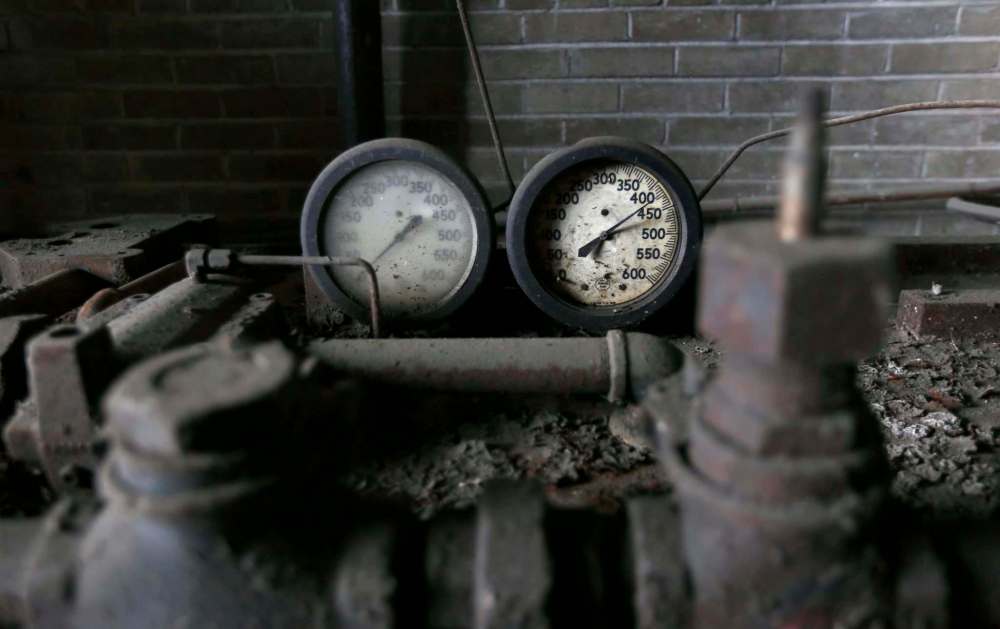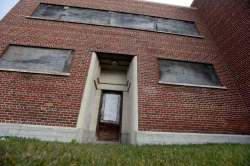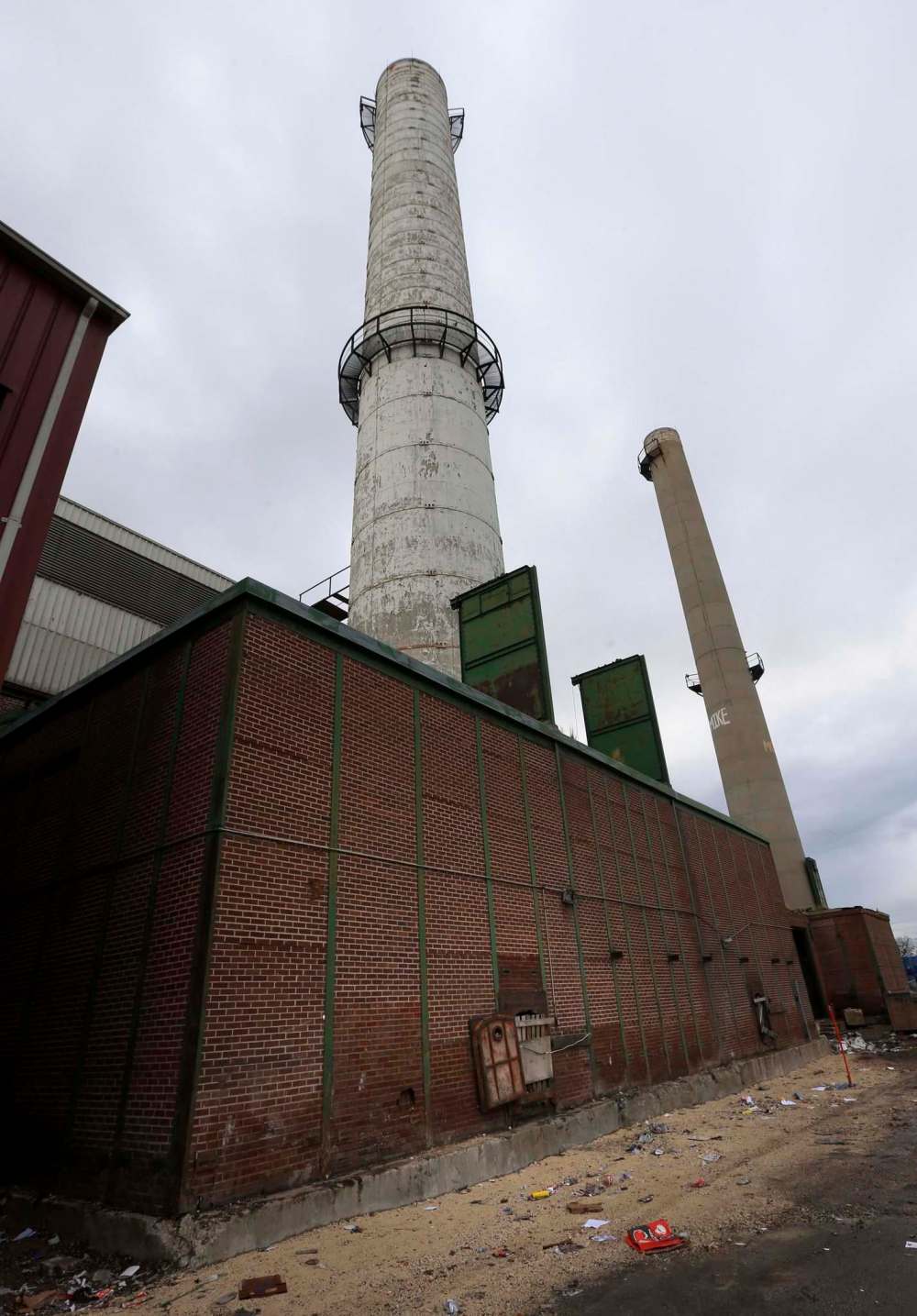Up in smoke
City incinerator burned household garbage for decades before it was shut down in 1979
Advertisement
Read this article for free:
or
Already have an account? Log in here »
To continue reading, please subscribe:
Monthly Digital Subscription
$1 per week for 24 weeks*
- Enjoy unlimited reading on winnipegfreepress.com
- Read the E-Edition, our digital replica newspaper
- Access News Break, our award-winning app
- Play interactive puzzles
*Billed as $4.00 plus GST every four weeks. After 24 weeks, price increases to the regular rate of $19.00 plus GST every four weeks. Offer available to new and qualified returning subscribers only. Cancel any time.
Monthly Digital Subscription
$4.75/week*
- Enjoy unlimited reading on winnipegfreepress.com
- Read the E-Edition, our digital replica newspaper
- Access News Break, our award-winning app
- Play interactive puzzles
*Billed as $19 plus GST every four weeks. Cancel any time.
To continue reading, please subscribe:
Add Winnipeg Free Press access to your Brandon Sun subscription for only
$1 for the first 4 weeks*
*$1 will be added to your next bill. After your 4 weeks access is complete your rate will increase by $0.00 a X percent off the regular rate.
Read unlimited articles for free today:
or
Already have an account? Log in here »
Hey there, time traveller!
This article was published 20/11/2016 (3215 days ago), so information in it may no longer be current.
For more than a century, the city’s preferred method for disposing of household garbage was incineration.
In the earliest decades, property owners had to burn their own trash. Garbage that was poorly incinerated and improperly disposed of proved to be a breeding ground for rats, flies and disease.
The city’s health department intervened in 1907 to establish a more robust garbage collection system and open a central incinerator on Saskatchewan Avenue at what is now affectionately known as Garbage Hill. Later, a second, smaller incinerator was added on Nairn Avenue in Elmwood.
‘Our present incinerators are not adequate to destroy all garbage, including tin cans. The odour, nuisance and the fly and rat menace can only be prevented by adequate incineration’– from an Aug. 2, 1944, letter by Dr. M.S. Lougheed, the city’s chief medical officer of health, to the city’s health committee
By the early 1940s, suburban development was encroaching on these sites. The aging incinerators and their adjacent dumps, or “nuisance grounds,” were described by some as a “disgrace,” emitting foul odours and teeming with rats.
Dr. M.S. Lougheed, the city’s chief medical officer of health, led the charge for a modernization of these facilities. At his urging, the city brought in City of Toronto engineer J.A. Burnett to study the situation.
Burnett recommended the city build a new central incinerator rather than upgrade the existing ones, noting modern incinerators burned much hotter. This meant fewer odours, a wider range of items that could be burned and that the residual ash would contain little, if any, of the organic matter rats fed on.

The city agreed with Burnett’s recommendations, and on Nov. 24, 1944, a referendum was put to taxpayers seeking authorization to borrow $550,000 for the new incinerator. In a sign of how revolted citizens were by the old sites, the bylaw passed by a margin of five to one, one of the largest of any money bylaw in the city’s history.
Chicago engineering firm Greeley and Hansen was hired to design and oversee the project. Winnipeg Supply was awarded the construction contract.
The site chosen for the new facility, known officially as a “mixed garbage and refuse destructor,” was 1029 Henry Ave. at Maude Street, near McPhillips Street. It was considered “perfect” because the city already owned the land, there were adjacent rail lines, and it was far enough away from residents who would be disturbed by the constant stream of trucks servicing it.
Construction began in May 1946, but the project faced a number of delays because of labour and material shortages as the continent’s economy slowly transitioned back to civilian manufacturing after the Second World War. Also, postwar construction costs had jumped dramatically, leaving the city scrambling to find more money for what would ultimately be a $760,000 facility.
Once in service, residents saw a change in their usual garbage collection routine.
Previously, garbage and household ash were picked up once per week. Items that couldn’t be incinerated — such as grass, because of the volume, and tin cans, because the old incinerators did not burn hot enough — had a special monthly pickup that would take them directly to a dump.
Under the new system, all of these items could be disposed of together, which increased the amount of a household’s garbage that could be incinerated to 80 per cent from 60 per cent.
The incinerator’s capacity was about 317 tonnes of garbage per day. Its design allowed four trucks at a time to unload into its tipping pit. A crane then loaded the garbage into a hopper above one of the three 650 C furnaces. The smoke was dissipated through a single, 53-metre smokestack, and the ash was released through trap doors and onto trucks that would cart it to the Saskatchewan or Nairn dump sites.
At a ceremony on March 2, 1948, mayor Garnet Coulter lit the last of the three furnaces and unveiled a plaque dedicating the building “to the health and welfare of the citizens of Winnipeg.”
Though the new incinerator was a good news story for the city, there was a dark cloud that hung over it through the 1940s, and it had nothing to do with burning garbage.
In 1946, while still under construction, it was the scene of a murder-suicide. A 33-year-old construction worker, distraught because his wife had left him, entered the site on a weekend to hang himself from the newly finished smokestack. He was confronted by a night watchman who, it was assumed, tried to stop him.
It wasn’t until Tuesday that workers scoured the site for the watchman, who had punched in for his weekend shift but never punched out. One group climbed the smokestack and found what they thought was construction debris caught in its upper rungs was, in fact, a body.
The watchman’s body was found later, bludgeoned to death and buried under a pile of rags behind a foundation wall.
Another suicide took place in 1949 when a returned soldier from Fisher Branch jumped to his death from the smokestack. He had been in Winnipeg since the end of the war looking for work but could only find odd jobs.
Improper disposal of munitions was another postwar problem for the incinerator and its staff. Some returned soldiers, it seems, were having second thoughts about the war souvenirs they brought home with them. In its first couple of years of operation, ammunition of all sorts — including grenades and even a live 7.7-kilogram anti-tank shell — were found in the garbage. Fortunately, none of them made it into the furnaces.
Angry city officials teamed up with Fort Osborne Barracks in 1947 to create a hotline residents could call — no questions asked — to summon a munitions recovery unit to their home to pick up such items. They picked up 75 items in their first year of operation.
Soon after the opening of the incinerator, the old facilities were shut down, though the Saskatchewan Avenue one was brought back into service in 1950 to help dispose of hundreds of tonnes of goods damaged in the 1950 Red River Flood. It was demolished in 1959, and its ash sump eventually became park space.

Winnipeggers rose to the challenge of having a much greater incinerator capacity.
City engineer W.D. Hurst said at a civic works committee meeting in 1954 that, “The increase in refuse was unbelievable.” The amount collected from households had jumped by 103 per cent, making Winnipeg the most wasteful of any large Canadian city per capita.
On peak days, the collection exceeded the incinerator’s daily capacity, and it was pressed into service 24 hours a day, six days a week. In 1951, the city had to add a fourth furnace, and in 1959 a $1-million expansion, which included a second smokestack, increased its capacity to 544 tonnes per day.
By the late 1960s, health concerns and environmental regulations began to catch up with the incinerator.
In 1966, the city was forced to replace the three oldest furnaces with higher-efficiency models and add a smoke-filtration system.
In 1978, the city was put on notice by the province it had two years to add further pollution-control measures that would cost at least $5 million to install. City officials felt this would only be a temporary fix before even stricter regulations came into effect.
By this time, the City of Winnipeg was making greater use of a trio of landfill sites it inherited when it absorbed its surrounding municipalities in 1972. The decision was made to instead invest in the expansion of the landfills, and the mixed garbage and refuse destructor was closed with little fanfare on April 30, 1979.
In recent years, the former incinerator site has come full circle.
In 2003, the City of Winnipeg sold it to International Paper Industries, now known as Emterra Group, which converted it into the city’s single-stream automated recycling facility. Rather than burning garbage, it processes more than 55,000 tonnes of material annually that would otherwise end up in the city’s landfills.
Christian Cassidy writes about local history on his blog, West End Dumplings.

Our newsroom depends on a growing audience of readers to power our journalism. If you are not a paid reader, please consider becoming a subscriber.
Our newsroom depends on its audience of readers to power our journalism. Thank you for your support.
History
Updated on Monday, November 21, 2016 1:18 PM CST: Corrects recycling figure.








